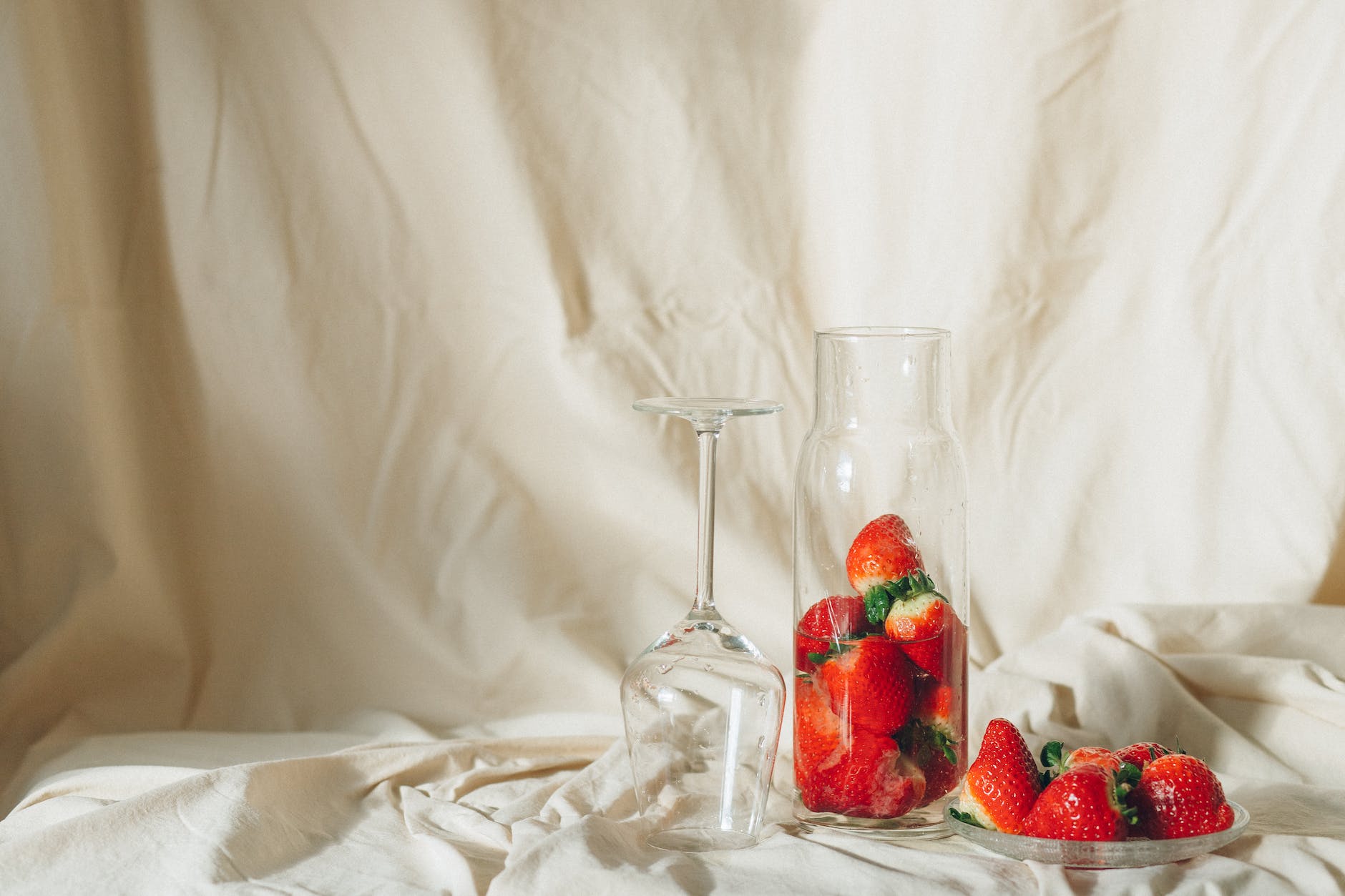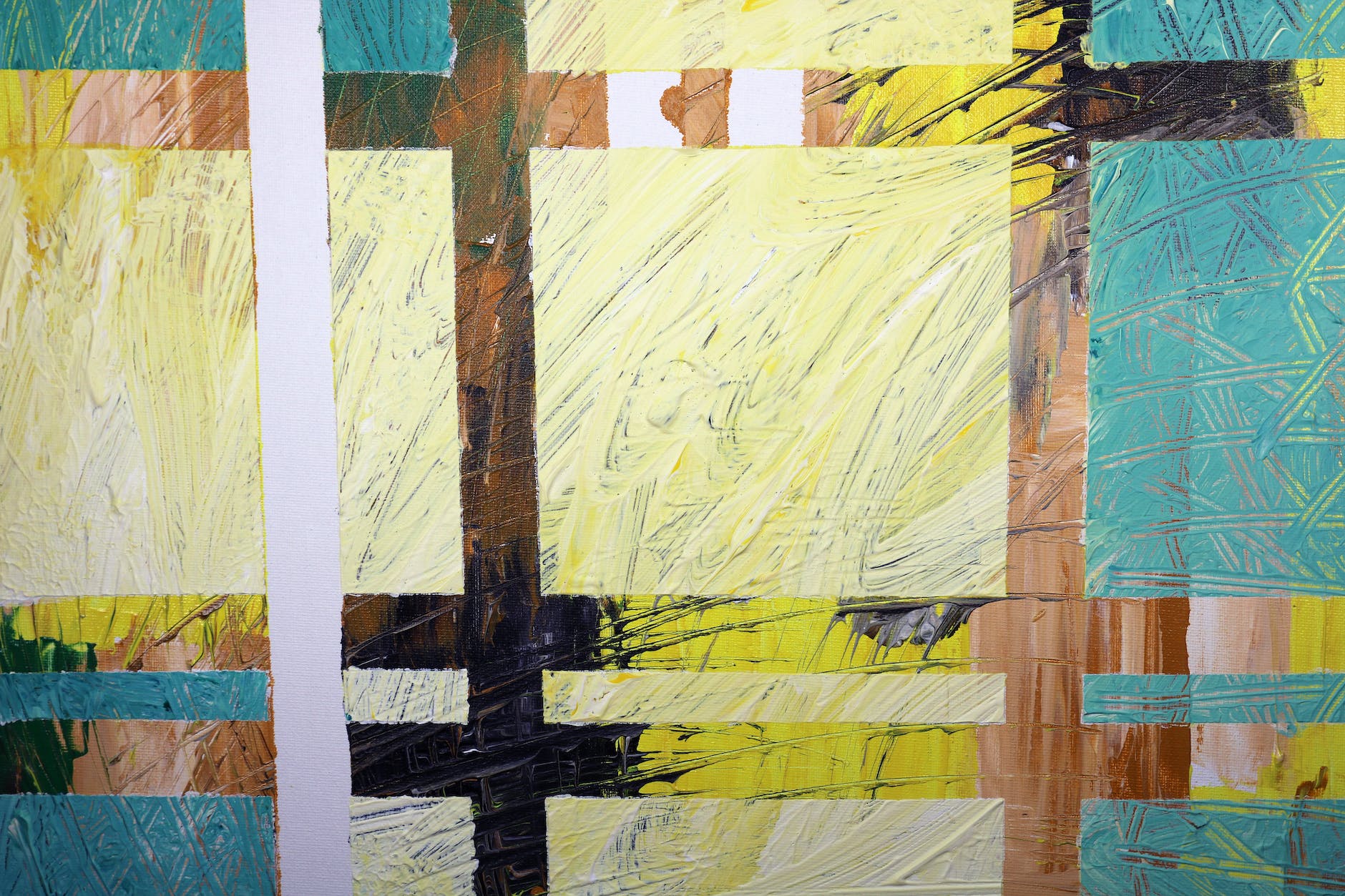Residing in the realms of the unseen and unconstrained, psychedelic art has evolved over the years as a dynamic expression of the human imagination. Exploring this dimension of creativity, one encounters a parade of vivid colors, swirling patterns, and multifaceted visuals brimming with symbolism and hidden significance. From visionary art to blacklight art, fractal, digital, and entheogenic hybrids, psychedelic art spins an immersive, cosmic labyrinth shrouded in mystique and wonder.
One striking aspect of psychedelic art is its innate ability to challenge the boundaries of perception. Visionary artists like Alex Grey, elevate their craft to express multidimensional themes, seeking inspiration from transcendental, spiritual experiences and dreams. Often defined as a medley of cosmic symbols, anatomical designs, and spiritual motifs, visionary art represents a portal, transporting the observer to higher planes of consciousness.
Moving along the spectrum, another fascinating form is fractal art – a genre that seeds its roots in mathematical intricacy to create mesmerizing digital patterns. Derived from complex algorithms, fractal artists manipulate geometric shapes and color schemes to create art that is infinite in every sense of the term. With the advent of digital technology, artists have a powerful medium at their disposal to experiment with these mind-bending patterns.
As the essence of psychedelia hinges significantly on the brilliant use of color, blacklight art figures prominently in the psychedelic art spectrum. Strikingly vibrant under UV light, blacklight art plays with the opposites of shadow and illuminance to craft stunning fluorescent optical illusions. Typical themes often interweave cosmic entities, supernatural creatures, and other-worldly landscapes illuminated by dazzling neon hues.
Speaking of landscapes, the advent of digital breakthroughs has expedited the evolution of digital art as an integral form of psychedelic expression. By harnessing the power of software tools, filters, and graphic design modules, digital artists can translate hallucinatory experiences into tangible visuals. Whether it’s transforming a photo into an enigmatic dream sequence or crafting an alien landscape with warp-speed galaxies, the digital realm opens an infinite palette for expression.
Seldom detached from its innate spiritual connections, the psychedelic world also births entheogenic art, a form that derives its energy from the incorporation of entheogens or psychoactive substances used in religious or spiritual contexts. Easily identified by their profound, almost divine, enlightenment depictions, entheogenic art pieces often comprise multi-layered contexts, vast hyperspace visuals, and vivid color spectrums typically mirrored during transcendental experiences.
Amidst these genres, the influence of surrealist art is undeniable. Surrealism, with its focus on exploring the subconscious, dreams, and irrational elements of the psyche, has heavily influenced the evolution of psychedelic art. It has given artists a unique technique to represent and convey their psychedelic experiences. Blend the inherent absurdity and symbolism of the surrealist art tradition with a psychedelic twist, and you have a cocktail of visuals potent with meaning.
But how does one create psychedelic art? Beyond the fundamental grasp of form, medium, and color, the technique to crafting psychedelic art demands a knack for questioning the norms and stirring the boundaries of the conscious mind. This includes understanding and manipulating colors which, in essence, act as the lifeblood of psychedelic art. Color palettes that lean towards the extreme ends of the spectrum, emphasizing heavily on vivid, contrastive, and often neon colors, set the vibrational tone of the artwork.
Another key component is the medium. Whether it’s canvas, digital screens, body art, or even colossal murals, each presents an opportunity for artists to materialize their dreams and hallucinations.
Beyond the medium and the color is symbolism, a critical element often used in psychedelic art to represent abstract ideas or concepts, usually tracing their origins from religious, spiritual, or natural elements. Consequently, the success of the psychedelic art piece often dwells on the artist’s ability to weave intricate symbols within layers of color and form.
Intrinsically linked with psychedelic experiences, this art form traverses the boundaries of human perception to represent what can only be seen when one steps beyond the realms of the ordinary. The multiplicity of forms and techniques offers a tantalizing exploration of the unfathomable depths that our minds can reach when unfettered by everyday reality.
Sources:
Psychedelic Times
Fractalus
The Art Story






